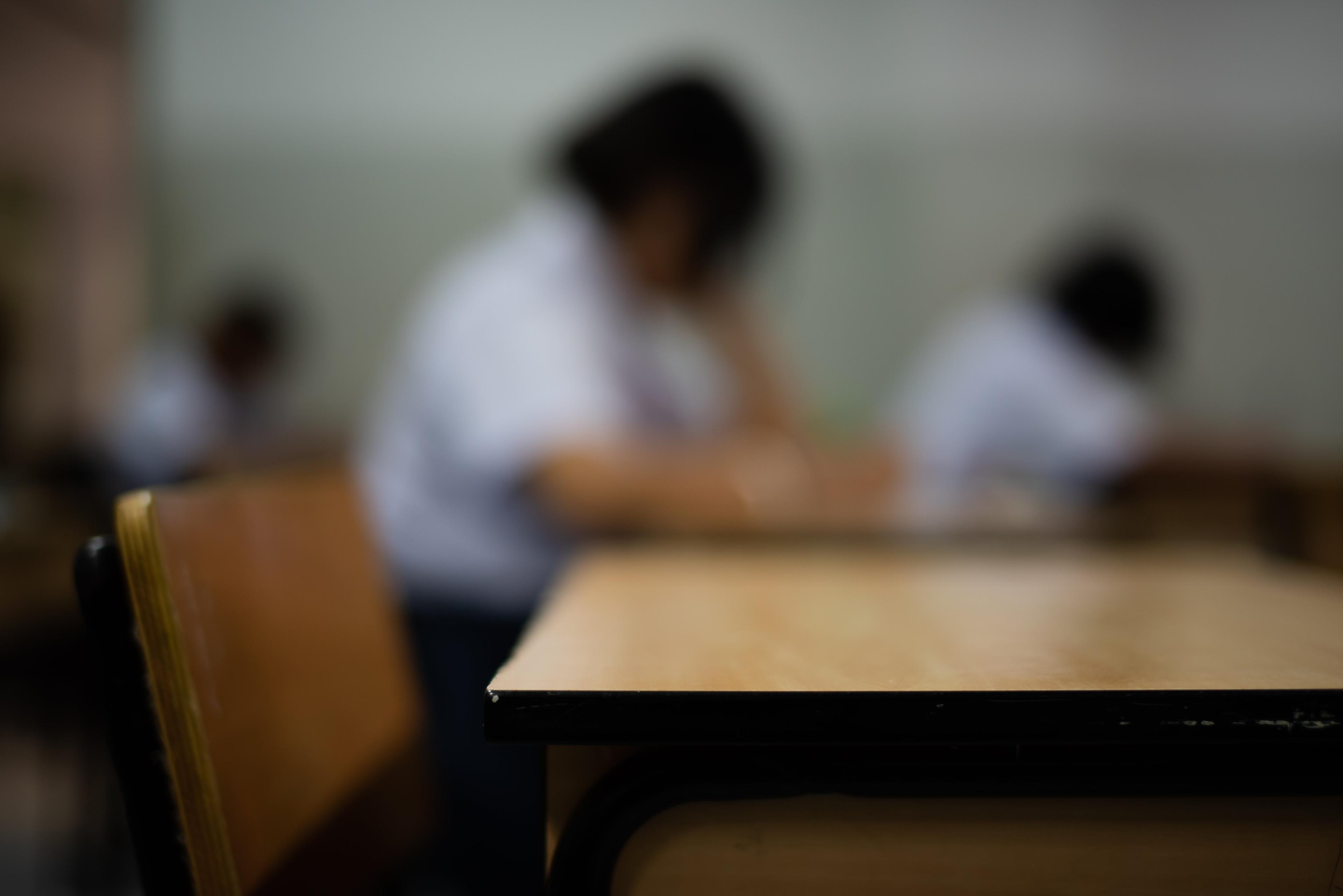How school districts can help alleviate student and teacher burnout
Students are stressed. Teachers, too. Due to COVID-19, the Delta variant and new Omicron concerns, school closures continue to plague school districts — adding to already heavy workloads and packed schedules. In the time of COVID-19 and beyond, how can school districts address student and teacher burnout?
There’s no question that students and teachers are being negatively affected by the pandemic — and the stress of their daily lives. Thankfully, there are different things school districts can do to offer support to students and teachers.
How school districts can help with student burnout

When students experience high levels of stress, it can impede their academic studies and negatively impact their mental and physical health. Some things to look out for when it comes to identifying student burnout include:
Students who lack the motivation to start assignments
Students who do not meet classroom deadlines
Students who show a loss of confidence in school subjects
Students who report feelings of anxiety or depression
Students who are disengaged and don’t participate in classroom activities
Students who are frequently absent
Here are a few solutions school districts can implement to help stressed-out students.
Prioritize physical education and mindfulness

To assist students in managing feelings of overwhelm or burnout, school districts should prioritize physical education. Ensuring students get daily exercise or play is a proven stress management tool.
Additionally, mindfulness and breathing practices can help children focus on the present, which can contribute to the relief of anxiety and related symptoms. Schools can add mindfulness exercises to their curriculum and set aside time to practice each day. Districts can also communicate these helpful practices to families so students can be supported at home.
Discuss student burnout at parent-teacher conferences
Another way to assist burnt-out students is to encourage families to discuss potential concerns during parent-teacher conferences. Before a scheduled conference, schools can send parents helpful information about how to identify student burnout based on behavior, and provide guidance on how the family can help support the child at home. Additionally, schools can encourage parents to write out any additional questions in advance so they remember to raise them during the parent-teacher meeting.
How school districts can help with teacher burnout

Since the beginning of the pandemic, teachers have been forced to adapt to new teaching methods and manage new classroom routines while still educating their students. For most teachers, the past year and a half has likely been the most challenging time of their careers. Teacher burnout is causing many to quit — and stress related to COVID-19 is the final factor many teachers cite for resigning from their jobs or retiring early.
The U.S. now faces a grim shortage of teachers and staff, which unfortunately is putting even more stress on the teachers who remain. Besides suggesting self-care strategies and encouraging mental health days, what can school districts really do to help with teacher burnout?
Communicate and listen effectively

School districts can accomplish much by elevating teacher voices and ensuring that teachers are being heard and understood. A great way to do so is to complete a teacher and staff survey. Surveys can ensure anonymity, which allows respondents to be open and honest while providing valuable feedback.
Surveys can not only enable school districts to get a better grasp on what their teachers are feeling and experiencing — they can also give them the opportunity to respond with meaningful action. Teachers, students and school districts can all benefit from productive conversations about teacher well-being and stressors, school climate and professional learning.
Support emotional wellness
School districts can offer professional learning sessions on work-life boundaries to assist teachers further. For example, districts can help teachers feel empowered to set healthy boundaries by making it clear that they are not expected to respond to emails from 6 p.m. to 6 a.m., unless there’s an emergency.
School leaders can take things a step further by modeling and encouraging self-care and wellness activities during the school day — such as going on a walk at lunch, or providing healthy food and snacks.
Plan regular check-ins
Districts can offer support to teachers on a daily basis by scheduling quick morning check-ins. Making it a point to ask teachers how they’re doing, what challenges they’re facing that day and whether they need any help can create an environment of support. A daily check-in communicates that the school administration cares, and also provides an opportunity to uncover potential issues and offer additional support when needed.
If a leader notices a teacher may be struggling with burnout, they can write an encouraging note or offer helpful resources. A thoughtful gesture of any kind could be just the thing a teacher needs to get through a difficult day.
Addressing student and teacher burnout
With various impacts of the global pandemic piled on top of their regularly ambitious schedules and workloads, it’s no wonder why so many students and teachers are overwhelmed with feelings of stress and anxiety.
There are many things school districts can do to address and alleviate student and teacher burnout. Implementing some of the strategies suggested here can help improve teacher retention, bolster student success, and provide a happier, healthier educational environment for all.
About the Author

Ginger Abbot is an education and lifestyle writer with a passion for learning. Read more of her work on Classrooms.com, where she serves as Editor when she’s not freelancing.


